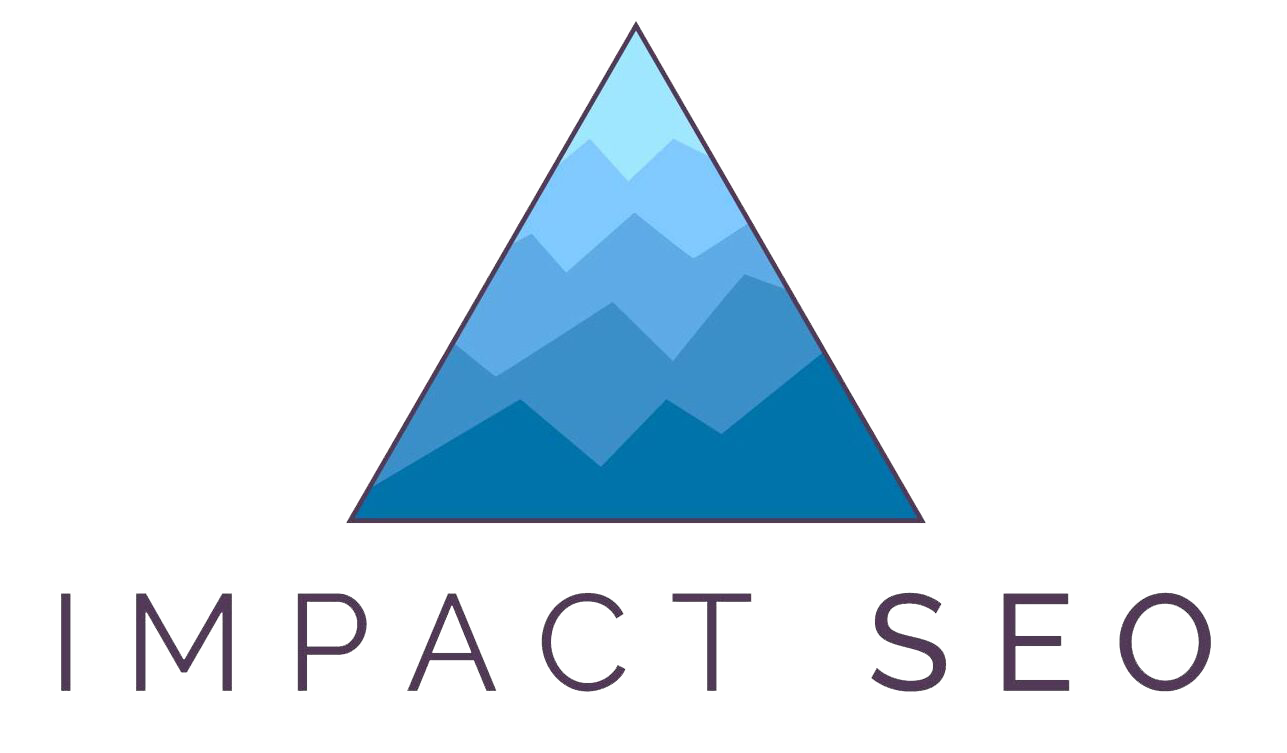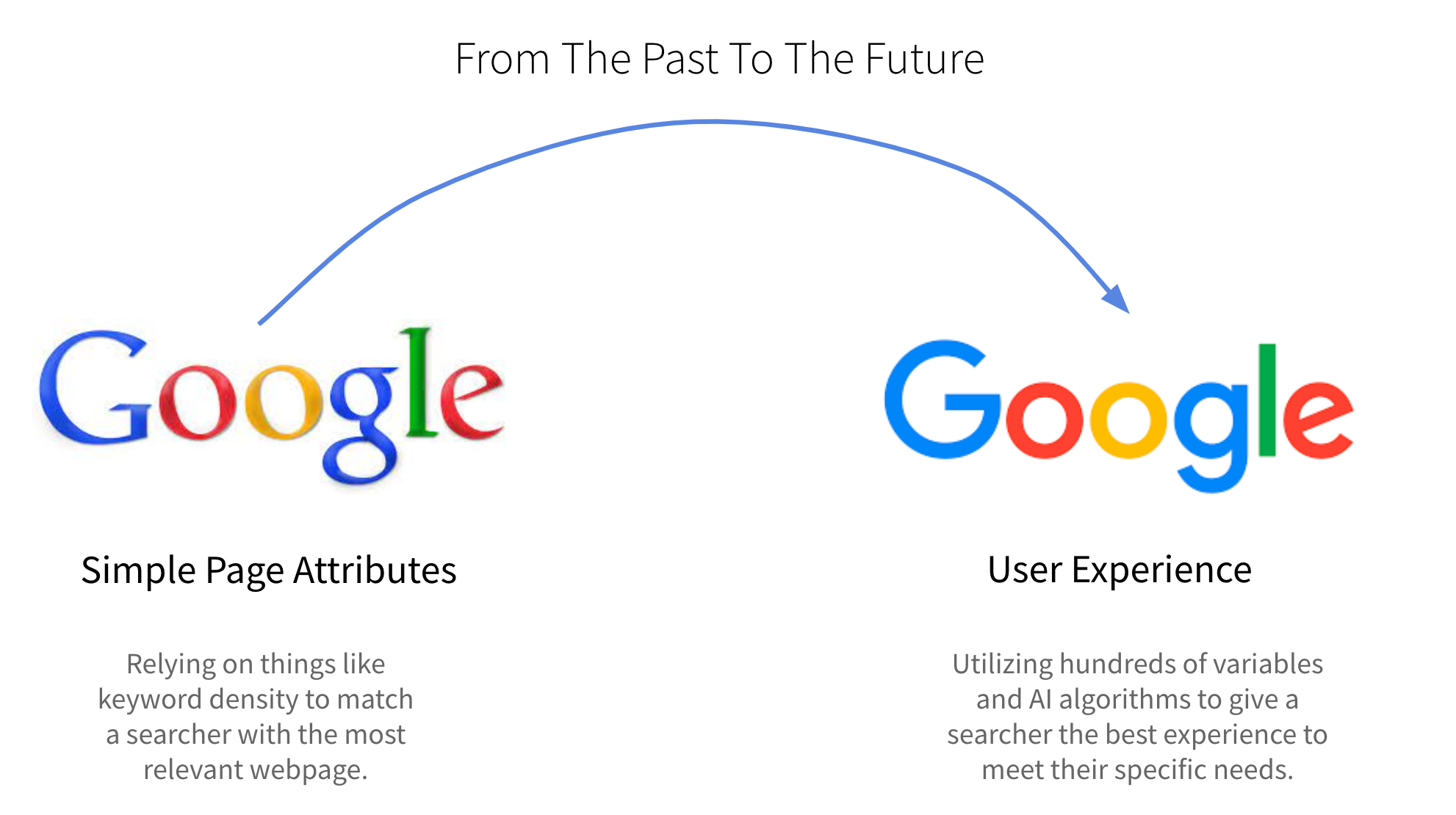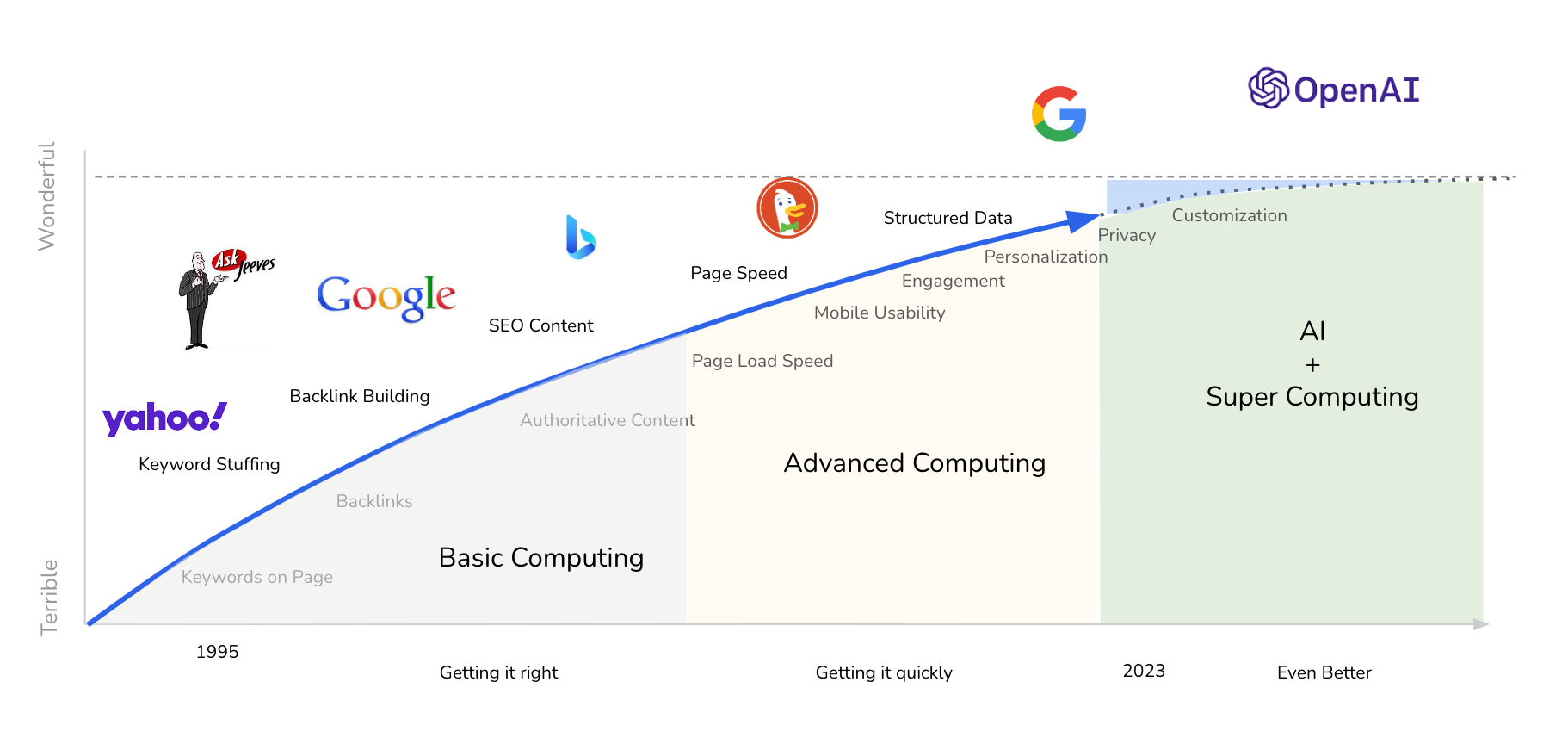How to identify where you’re stuck and break through so you can grow support for your cause.
If you have a good cause, but you aren’t flourishing, you’re suffering from one or more of these three fundamental challenges:
Challenge 1: We aren’t getting any traction outside of our immediate network.
Challenge 2: We aren’t growing or we are growing very slowly.
Challenge 3: People say they support us but don’t take action.
Before you can clear your growth roadblock and make it to the next level, you must identify the challenges that hold you back.
Let’s dig into each of these roadblocks…
Challenge 1: The Value Paradox
We aren’t getting any traction outside of our immediate network.
This is usually a symptom of not being clear on your value-add.
All entities, even nonprofits and NGOs, have products and services that add value to their supporters… if you believe you do not have a product or service, your primary roadblock is almost certainly Challenge 1.
The value you offer to the people you serve is the heart of your organization.
Here’s how to identify a value-add challenge.
Identify A Value-Add Problem
Possibility A – Your cause, in its current form, doesn’t have value to offer others.
This can be a tough pill to swallow, but is better learned early on in your journey. There is a possibility that the form your current entity is in does not offer much value to others. The solution can mean making a small pivot or going back to the drawing board completely.
Possibility B – Your cause has value to offer, but you aren’t clear on who it’s for.
You might think you know exactly who your product/service is for… but if you aren’t getting traction with that group, something is off. The solution in this case is an adjustment of who you are serving (and how to best serve them).
Red flags indicating you have a value problem:
- You have a hard time articulating how you help others.
- You want to help everyone.
- You are having trouble getting any traction.
- Besides your closest network (people who already know and trust you), you can’t get support for your cause.
- You’re pitching to people who you think are “the right” type of person to support your cause, but getting little to no traction with them.
If you don’t have a specific way to help a specific type of person/group you are probably confused about the true value you have to offer. This is most common in early stage causes, however, can arise again and again as causes grow.
Challenge 2: The Miscommunication
We aren’t growing or we are growing very slowly.
If you aren’t growing sustainably or are struggling to maintain budget, you most likely suffer from a communication problem.
There is no shortage of good people who want to make a change in the world. Almost everyone has one of the following to donate if your cause meets their core values and beliefs:
- Time
- Expertise
- Money
If you have gained some traction around your cause but support for your efforts isn’t growing, you most likely have a communication problem.
Have you ever had a “miscommunication” with a friend or family member?
You had the best of intentions and so did they… but because of a breakdown in communication a conflict arose.
This happens all the time between causes and their potential supporters. But when it happens between a cause and a supporter you simply never see each other again.
Example: A potential supporter comes to your website on a referral from a friend. They want to help your cause because they heard about the great work your team is doing. Once on your site they search but can’t find the case studies of projects their friend told them about. They tell themselves, “Okay, I’ll check it out later”, but they get busy and forget to come back.
Because most of our communication now is digital, it is hard to identify what went wrong and fix it. You can find yourself spinning your wheels and not knowing why.
Identifying A Communication Problem
Here are some indicators to look for:
- Growth in memberships, subscribers, or donations has stalled or slowed significantly.
- You aren’t getting referrals
- It feels like a lot of effort for you to find the right people and convince them to support your cause
- Engagement metrics for your website are low
- You spend a lot of time explaining to your supporters what it is you do… over and over again
- You feel that you’re the only one in your organization that can effectively explain what you do
Challenge 3: The Ask Mismatch
People say they support us but don’t take action.
If you’re clear on your value and you’re communicating it clearly to the right people, but you still aren’t growing… you most likely have an ask mismatch.
There’s a very good reason why more people aren’t taking action on your cause. It’s likely because you aren’t matching your ask with their specific stage in getting to know you.
What is an ask mismatch?
An ask mismatch in dating is when you propose on the 2nd date. It works occasionally, but for 99% of us, it’s too much too soon.
An ask mismatch in fundraising is when you ask people to donate the first time they come to your website. This is a big reason why donate now buttons are big but contributions are small.
Until you build trust and clearly convey the value a supporter will get for donating, asking for money isn’t going to work.
Identifying A Problem with Your Ask
Common problems organizations experience with their ask:
Scenario A – Your ask is not in line with the value that you are offering.
You may be asking too much OR too little. If you’re getting in touch with the right people but they hesitate or delay when it comes time to take action… you most likely have a mismatch between your ask and the value they perceive.
Scenario B – Your ask is not clear enough for your supporters to understand OR the timing is off.
It is likely that your organization is trustworthy and your values align with theirs. However, when it comes time to take action (i.e. donate or purchase), the supporter isn’t clear on what they will get in return for their time or money.
They may:
- Delay the decision – in which case it is unlikely that they come back to it because they have at least 1,000 other things vying for their attention.
- Request more information – in which case they are having to do more work on their own time to evaluate this opportunity, which rarely leads to a new donation.
Scenario C – Your potential supporters can’t find your ask! You are too shy about asking or you don’t have the right setup for supporters to take action (your website is not clear or trustworthy for donations).
This is applicable as much online as it is offline. If you don’t have confidence that you can provide 2x or more of value to your supporters for the money they pledge, you need to go back up to Challenge 1 and work to clarify your value.
Red flags indicating an ask mismatch:
- You’re frustrated because you have great conversations with potential supporters but they don’t take action
- Visits to your site are stable but new members / donations / checkouts are low
Beyond The Big 3: Additional Challenges Holding Us Back
In addition to the 3 core challenges we’ve dug into, here are a few other challenges that might be holding you back:
Poor Delivery – You have to deliver the value you promise your supporters. If you aren’t true to your word, you’ll lose traction and trust, which is hard to get back.
Financial Model – You may not have a viable financial model that has room for maintaining your operations and allowing you to grow and support your cause effectively. If you don’t have enough money to do a superb job within the cause you’re after and you’re always worried about cash flow, you might have a fundamental problem in your financial model.
CEO Syndrome – Are you trying to do everything, but there isn’t enough of you to go around? You might be limiting your own growth by trying to do too much and not effectively delegating to your team (or building a team around you).
You might be feeling that many of the challenges I’ve outlined here relate to your cause.
The good news: many causes have experienced these same issues and they’ve overcome them. The hardest part is identifying the challenges and taking action on them.
What To Do About No OR Slow Growth
We can’t see what we can’t see. Identifying the main roadblocks to your growth is a critical first step.
Without this, you’re likely spinning your wheels, solving problems that aren’t going to help you reach your growth goals.
Take the time to evaluate your cause and be honest with yourself. Where are you stuck and why?
Do it now.
Right now.
Take a pen and paper and start writing. If you get stuck, reach out for help.
Sometimes we jump into action and work furiously, ignoring the tough questions. The hard work is in the self-examination to determine what is limiting our growth, then getting the help we need to break through.
Actionable Options:
Start your self inventory to identify what you want to accomplish and what might be holding you back from reaching that goal. All you need is a pen and paper + 30 min to 1 hour.
If you found any of it unclear, please contact me with your feedback so I can improve this resource for the next reader.
If you have additional questions you can reach out to me here: Contact
If you found this article helpful, grab the link from the URL bar in your browser and share it with someone you think it will help.






